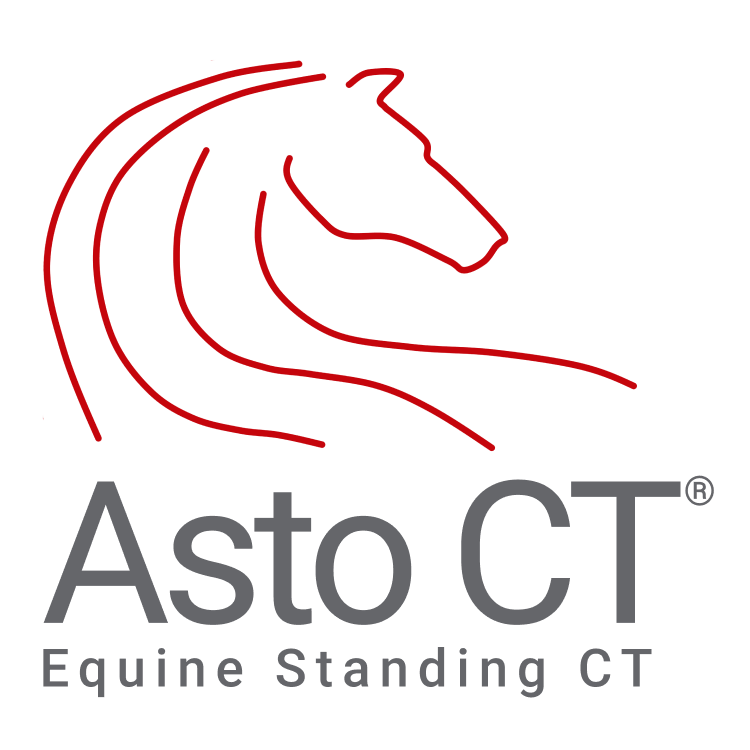Zero Equine Fatalities at the Melbourne Cup: How CT Screening with Asto CT is Revolutionizing Horse Racing Safety
Introduction
In recent years, the world of horse racing has seen a remarkable transformation in the safety and well-being of its equine athletes. The Melbourne Cup, one of the most prestigious horse racing events in the world, has been at the forefront of this positive change. Over the past three years, the implementation of pre-race screening protocols with weight-bearing CT scans has played a pivotal role in ensuring the safety of horses and riders, resulting in zero equine fatalities during this period.
The Power of Weight-Bearing CT scans
Before the mandatory pre-race screening protocols with Racing Victoria were established, there was a concerning trend of catastrophic injuries among racehorses. A cluster of highly-publicized deaths due to catastrophic limb injuries consisting of 5 horses in a period of 10 years cast a shadow over the sport and raised serious questions about horse racing's future. Investigation of these deaths found that the fatally injured horses had pathology that could have been detected by CT examination before the incident. For this reason, Racing Victoria introduced mandatory pre-race screening with CT imaging for horses competing in the Melbourne Cup in 2021 as one of several measures aimed at reducing injury risk. All four fetlocks of each horse entered in the Melbourne Cup are scanned. In 2022, a total of 40 horses were scanned, and three horses (7.5%) were withdrawn based on their CT scan findings. This year, a total of 52 horses were scanned and 5 (10%) were withdrawn. This relatively low withdrawal rate is a testament to the specificity of the screening process. Clinicians are determined to further reduce this percentage in the years to come as they fine-tune their ability to identify potential catastrophic pathologies.
Zero Catastrophic Injuries
The most remarkable achievement is that in the three years following the implementation of mandatory CT scans, there have been zero catastrophic injuries at the Melbourne Cup. This is a stark contrast to the pre-screening era, where catastrophic injuries were alarmingly frequent. This groundbreaking result has not only made the Melbourne Cup safer but has also set a new standard for equine safety in the horse racing world.
How Weight-Bearing CT Scans Work
Weight-bearing CT scans have revolutionized the way horses are screened for potential injuries. Unlike traditional CT scans, which are conducted with the horse under anesthesia and non-weight-bearing, these scans are performed with the horse comfortably sedated and bearing its full weight, mimicking the conditions of their natural conscious state. The screening scans two limbs at once and the low dose allows a handler to be near the scanner when it is operating. Both limb pairs can be scanned within a half an hour. This dynamic approach allows veterinarians to detect subtle structural issues that may not be apparent during traditional x-ray radiographs.
Through the use of weight-bearing CT scans, clinicians can detect potential fractures, bone abnormalities, and other structural problems that could lead to catastrophic injuries. The scans also help identify signs of early degeneration in joints, allowing for intervention and treatment before serious issues arise.
The Future of Equine Safety
The success of screening with CT at the Melbourne Cup serves as a beacon of hope for the future of horse racing throughout the rest of the world. The strides made in equine safety not only protect the horses but also eliminate jockey injuries and preserve the integrity and reputation of the sport. Racing authorities worldwide are closely monitoring the results and considering the implementation of similar protocols at their racetracks.
As we look to the future, it's important to recognize that the safety of horses is a collective responsibility. Owners, trainers, jockeys, veterinarians, and racing organizations all play a crucial role in ensuring the well-being of these magnificent animals. The continued collaboration and commitment to equine safety will further reduce the risk of catastrophic injuries in horse racing.
The Equine Medicare Program
In addition to the technological advancements in equine healthcare, the Melbourne Cup's success in achieving zero equine fatalities is also attributed to the introduction of the Equine Medicare program. This subsidy program was initiated to offset the costs associated with mandatory diagnostic imaging, including CT scans. The program has made it more feasible for horse owners and trainers to adhere to these crucial safety protocols.
Conclusion
The Melbourne Cup's extraordinary achievement of zero equine fatalities in three years of CT screening represents an encouraging turning point in the world of horse racing. The establishment of mandatory scanning protocols and the pioneering Equine Medicare program have not only saved lives but have also set an inspiring example for the global horse racing community.
As the Melbourne Cup's success story continues to inspire racing authorities worldwide, the hope is that catastrophic injuries will become a thing of the past, ensuring the safety and well-being of these magnificent equine athletes. The innovative combination of cutting-edge technology and supportive financial initiatives demonstrates the commitment to the welfare of the horses, guaranteeing the enduring legacy of the Melbourne Cup and the future of the sport itself.


